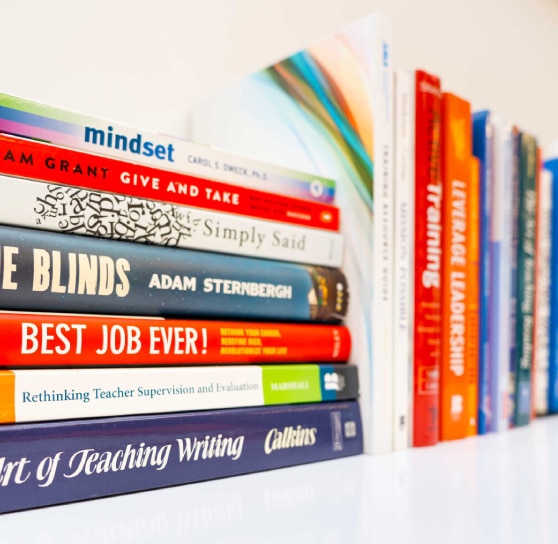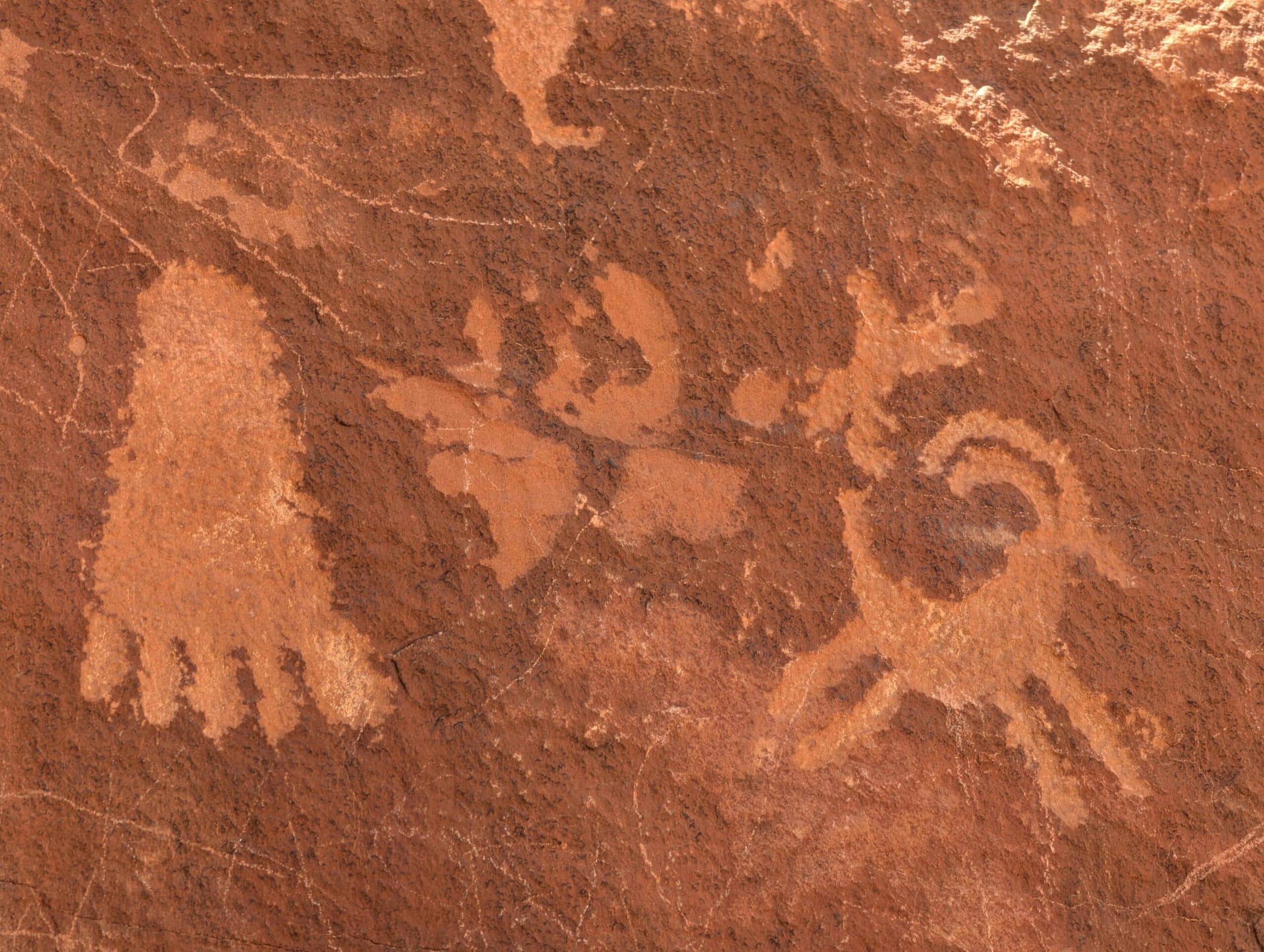


Central Question: Why did American responses to the assassination of President Lincoln differ?
Five days after Confederate General Robert E. Lee surrendered at Appomattox Court House, President Lincoln was assassinated at Ford’s Theater in Washington, D.C., while attending a play. The assassin, John Wilkes Booth, was a famous actor and Confederate sympathizer. After shooting Lincoln, he shouted “Sic Semper Tyrannis!” (“Thus ever to tyrants,” the Virginia state motto) to the stunned crowd. The shock of the murder was felt all around the country, yet whereas many in the North mourned their fallen leader, many in the South celebrated his assassination as a victory.
For more background, read “Lincoln’s Funeral Train” on the National Geographic website, “Abraham Lincoln’s Assassination” on the History Channel website, and “What the Newspapers Said When Lincoln was Killed” in the Smithsonian magazine.
Scholars understand and can fluently use the following Unit 2 Key Term:
Scholars understand different responses to Abraham Lincoln’s assassination and can explain how these responses illustrate the persistent sectional tensions at the end of the Civil War.
Preparation
Launch (2 minutes)
Watch (3 minutes)
Discuss (5 minutes)
Homework
Central Question: How should Americans remember President Lincoln?
Immediately following Lincoln’s assassination, many Americans called for a memorial to honor the fallen president. It took nearly 50 years, however, for a plan to be finalized and another ten years for the project to be completed. Americans debated how the president could and should be remembered and what role memorials served in public space.
For more background, read “The Lincoln Memorial” on the National Park Service website.
Scholars understand the complex memory of Abraham Lincoln and can illustrate how they believe President Lincoln should be remembered in a historically accurate and compelling way.
Preparation
Launch (2 minutes)
Examine (5 minutes)
Discuss (3 minutes)
Give scholars 2 minutes to revise their main idea annotations for the images based on the discussion.
Discuss (3 minutes)
Homework
Central Question: How did the impact of the Civil War differ in the North and the South?
When the Civil War ended, Northern and Southern societies were both devastated by the hardships of war. By the end of the war, the North and South suffered approximately 1.5 million casualties. Although both sides suffered, the weight of the destruction was felt more heavily in the South than in the North; the majority of battles occurred in the South, not the North. As a result, the Northern economy continued to grow and flourish, whereas the South suffered, their fields destroyed, and their dominant economic system, slavery, gone.
For more background, browse the interactive maps of the “South before Reconstruction” on the Teaching American History website and “Civil War Casualties” on the Civil War Trust website.
Scholars understand and can fluently use the following Unit 2 Key Terms:
Scholars compare the social and economic problems in the North and the South and can explain the impact of the Civil War on both regions.
Launch (2 minutes)
Watch (12 minutes)
Discuss (6 minutes)
Homework
Central Question: What was the purpose of Reconstruction?
To rebuild and reunite the nation following the Civil War, the United States embarked on a difficult and complex path: Reconstruction. Before his assassination, Lincoln began planning a moderate Reconstruction plan that would have welcomed back the South to the Union if they agreed to take an oath to the Union and adopted an antislavery government. After Lincoln’s assassination, however, this plan was never adopted. Instead, Vice President Andrew Johnson became president, and Johnson, a Democrat and Southern sympathizer, wanted Reconstruction to be quick and did not believe in providing aid to the newly freed African Americans. Congressional Republicans, however, believed that Reconstruction should not only help the newly freed men and women of the South but also that the South needed to be punished and to adopt Republican governments.
For more background, read the History Channel’s “Reconstruction” and “Reconstruction” on the Gilder Lehrman Institute of American History website (free login required).
Scholars understand and can fluently use the following Unit 2 Key Terms:
Scholars understand the different Reconstruction plans and can explain the competing visions for reuniting and rebuilding the nation.
Launch (2 minutes)
Watch (13 minutes)
Discuss (5 minutes)
Central Question: Why was the Republican Congressional Reconstruction plan considered “radical”?
Under the administration of President Andrew Johnson in 1865 and 1866, new Southern state legislatures passed restrictive Black Codes to control the labor and behavior of former slaves and other African Americans. Outrage in the North over these codes eroded support for the approach known as Presidential Reconstruction and led to the triumph of the more radical wing of the Republican Party. During Radical Reconstruction, which began in 1867, newly enfranchised blacks gained a voice in government for the first time in American history, winning election to Southern state legislatures and even to the United States Congress. During this period, Congress passed and the nation ratified the Fourteenth and Fifteenth amendments, guaranteeing citizenship and the right to vote, respectively, to the freed African Americans. President Johnson remained a bulwark to Congressional plans, however, leading to his near impeachment in 1868.
For more background, read “The Reconstruction Amendments” on the Gilder Lehrman Institute of American History website (free login required) and “Impeachment” on the PBS website.
Scholars understand and can fluently use the following Unit 2 Key Terms:
Scholars can apply their knowledge of United States history to interpret original sources and use these sources to write clear, concise, and compelling claims about “radical” Congressional Reconstruction.
Read and Write (8 minutes)
Discuss (10 minutes)
Give scholars 2 minutes to revise their main ideas or claims based on the discussion.
Teacher Feedback Guidance
Central Question: Why was the Republican Congressional Reconstruction plan considered “radical”?
Scholars can plan and draft clear and compelling written arguments that answer a historical question with strong theses and evidence that supports or proves their theses.
Outline (15 minutes)
Draft (15 minutes)
Teacher Feedback Guidance
Central Question: Why was the Republican Congressional Reconstruction plan considered “radical”?
Scholars revise their essays based on individualized teacher feedback to make their essays stronger and clearer and understand how to use their feedback to grow as writers.
Preparation
Homework
Teacher Feedback Guidance
Central Question: How did Radical Reconstruction empower African Americans in the South?
Republican Reconstruction policies in many ways gave new freedoms and opportunities to African Americans in the South. The Freedmen’s Bureau, established at the end of the Civil War, provided social services, established schools, and helped African Americans transition to life as free men and women. The Freedmen’s Bureau also attempted to keep violent retaliation against African Americans in check. The Republican governments established by Reconstruction, as well as the Fourteenth and Fifteenth amendments, empowered black voters who elected black legislators to local, state, and national governments. Black universities were established in the South to provide the best education to African Americans.
For more background, read W. E. B. Du Bois’s “The Freedmen’s Bureau” on the Atlantic website.
Scholars understand and can fluently use the following Unit 2 Key Term:
Scholars understand the Congressional Reconstruction policies and aid organizations in the South and can explain how these organizations and policies empowered Southern African American communities.
Launch (2 minutes)
Watch (9 minutes)
Discuss (4 minutes)
Homework
Central Question: How did white Southerners use violence against African Americans to “redeem” the South?
For many Southerners, Congressional Reconstruction was an assault to their autonomy and livelihood. “Carpetbaggers,” or northern Republicans coming to the South, were seen as enemies trying to take advantage of the vulnerable South and destroy Southern culture. In addition, many white landowners were angry at the loss of their “property” and responded to African American social, economic, and political gains with systems of violence and economic and political disenfranchisement to limit their growing power in the South. White Southerners, who had been forced to accept Republican governments, used these methods of disempowerment to restore power to the Democratic Party, a period known as Southern Redemption.
For more background, read “Part One: The Terror Is Born” on the Southern Poverty Law Center website, and browse the “Violence and Backlash” lesson page on the Facing History website. In preparation for the sensitive material in this lesson, read “Teaching Race in 21st Century Schools” on the Blackpast website.
Scholars understand and can fluently use the following Unit 2 Key Terms:
Scholars understand the rise of violence against African Americans in the South and can explain why this violence was able to successfully disenfranchise African Americans and restore the Democratic Party to power.
Preparation
Launch (2 minutes)
Watch (13 minutes)
Discuss (5 minutes)
Homework
Central Question: Who, North or South, was more responsible for “killing” Reconstruction?
While Southerners resisted Reconstruction and established systems to dismantle its progress, by the 1870s, Northern interests in Reconstruction were also beginning to wane. Although the election of Republican war hero Ulysses S. Grant initially suggested progress and support for Republican policies, a presidency full of scandals, as well as economic struggles in the North, distracted Northerners from the plight of the South.
For more background, browse “The End of Reconstruction” on the Digital History website.
Scholars understand and can fluently use the following Unit 2 Key Term:
Scholars can apply their knowledge of United States history to interpret original sources and use these sources to write clear, concise, and compelling claims about the reasons Reconstruction ended.
Read and Write (8 minutes)
Discuss (10 minutes)
Give scholars 2 minutes to revise their main ideas or claims based on the discussion.
Teacher Feedback Guidance
Central Question: Who, North or South, was more responsible for “killing” Reconstruction?
Scholars can plan and draft clear and compelling written arguments that answer a historical question with strong theses and evidence that supports or proves their theses.
Outline (15 minutes)
Draft (15 minutes)
Teacher Feedback Guidance
Central Question: Who, North or South, was more responsible for “killing” Reconstruction?
Scholars revise their essays based on individualized teacher feedback to make their essays stronger and clearer and understand how to use their feedback to grow as writers.
Preparation
Homework
Teacher Feedback Guidance
Central Question: Who were the “winners” and “losers” of the Compromise of 1877?
The election of 1876 was one of the most contested elections in American history. Samuel Tilden, a Democrat from New York, ran against Rutherford Hayes, a Republican from Ohio. Tilden won 184 electoral votes and the popular vote, whereas Hayes won 165 electoral votes. However, 20 electoral votes were in dispute. An informal congressional deal, known as the Compromise of 1877, awarded all 20 votes to Hayes, in exchange for the removal of federal troops from the South and the end of Reconstruction. With Reconstruction over, Democratic governments retook control of the South, whereas
Republican industrial and economic interests dominated the North, the interests of African Americans left out of the bargain.
For more background, read “The Election of 1876” on the PBS website and “The Contentious Election of 1876” on the Gilder Lehrman Institute of American History website (free login required).
Scholars understand and can fluently use the following Unit 2 Key Terms:
Scholars understand the conditions that led to the Compromise of 1877 and can explain who benefited from the Compromise and who suffered.
Launch (2 minutes)
Discuss (3 minutes)
Homework
Central Question: How effectively did Reconstruction reunite the North and the South?
In addition to rebuilding the South and empowering the newly freed African Americans, a third goal of Reconstruction was to reunite the nation. Years of sectional conflict had torn the two areas apart during the Civil War, only for tensions to grow more heated as Northern Republicans attempted to control the South. By the end of Reconstruction, both North and South hoped to “forget” the conflict of the Civil War and move forward in reuniting the nation, which in many ways meant leaving behind African Americans. On the other hand, even by the end of Reconstruction, it was hard for many people, both in the North and the South, to let go of the bitter memories of sectionalism.
For further background, read Chapter 4, “Race and Reconciliation,” from Race and Reunion by David Blight and “The Civil War Isn’t Over” on the Atlantic website.
Scholars understand Northern and Southern perceptions of one another and of Reconstruction in 1877 and can explain how Reconstruction both succeeded and failed to fully reunite the nation.
Preparation
Launch (2 minutes)
Discuss (3 minutes)
Homework
Central Question: How has the legacy of Reconstruction evolved over time?
In the many years since Reconstruction, historians and Americans alike have told different stories of what Reconstruction meant and what its legacy is in the United States. Immediately after the Civil War, Southerners recast the story of Reconstruction as a total failure, an attack on the South, and evidence of the shortcomings of black leadership. Over time, that narrative has changed, and the ultimate successes and shortcomings of Reconstruction are still up for historical debate. Regardless, the issues tackled during Reconstruction — namely, civil rights for African Americans — were very much undone following Southern Redemption and not considered again until the Civil Rights Movement of the 1960s.
For more background, read “Forgetting Why We Remember” on the New York Times website.
Scholars understand historical responses to Reconstruction over time and can explain the complex legacy of Reconstruction in American history.
Launch (2 minutes)
Examine (3 minutes)
Discuss (5 minutes)
*To access all articles on the Newsela website, you must create a free account.
Prompts: Scholars may choose one of the following prompts about Big Ideas in American history.
Project Menu: Scholars may then choose to respond to the prompt chosen above with one of the formats outlined below.
resources
Access a wide array of articles, webinars, and more, designed to help you help children reach their potential.

ES PBL Grade 2: Brooklyn Bridge
Educator
Curriculum
Elementary School
2nd
PBL

ES PBL Grade 3: Iroquois and Lenape
Educator
Curriculum
Elementary School
3rd
PBL

Grade 1: PBL School – How It Works!
Educator
Curriculum
Elementary School
1st
PBL

Grade 4: PBL A Nation is Born
Educator
Curriculum
Elementary School
4th
PBL
NEWSLETTER
"*" indicates required fields
